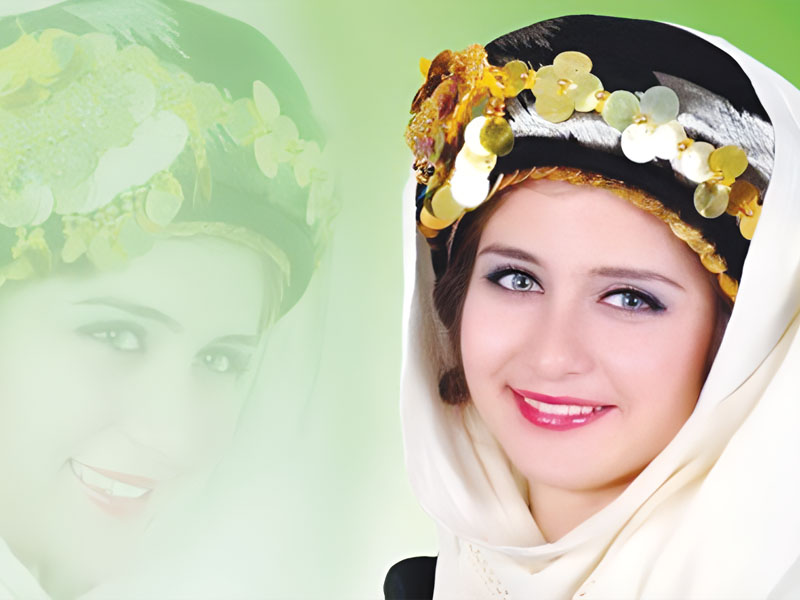Folk Costume in Syria’s Hama Province and Countryside
Issue 22

Folk costume in the Hama province is one of the most significant symbols of heritage in the region. The people of Hama are distinguished by the gorgeous clothes they wear in all seasons.

The preparation of bridal trousseaus has been a subject of great interest for a thousand years, and Hama is no exception. According to historical documents and cuneiform writings and drawings, in Syria the preparation of wedding garments has been significant throughout history.
In the archives of the Royal Palace in Ugarit, (now Ras Shamra near Latakia in Syria), there is a document stamped with the King’s seal detailing the bride’s trousseau from the Princess of Amuru’s wedding to the King of Ugarit; the document dates back to the Bronze Age. Inscribed on a clay tablet, the list includes gold jewelry set with precious stones, tableware, golden vessels, clothing, textiles, an ivory bed, wood and ebony furniture inlaid with precious stones, pots and pans, bronze items, candleholders, tweezers, braziers, containers for oil and perfume, objects made of ivory, pots of cosmetics, and ceramic items.
This study will review women’s clothing in several parts of Hama, including the city of Soran in the rural north, the cities of Mharda and Alsagalbeh in the rural northwest, the eastern rural city of Salmiah and the southern countryside town of Kafarbuhum.
Women’s folk costumes in Hama
In Hama, most women, especially older women, wear a Milayah or black Abaya that covers their entire body; the older women also cover their faces with a black veil. Young women wear a jacket over a long skirt, while the younger generation wear a manteau or coat, and are more likely to dress like women in other provinces.
Salloum Dergham Salloum
Syria







































































